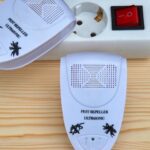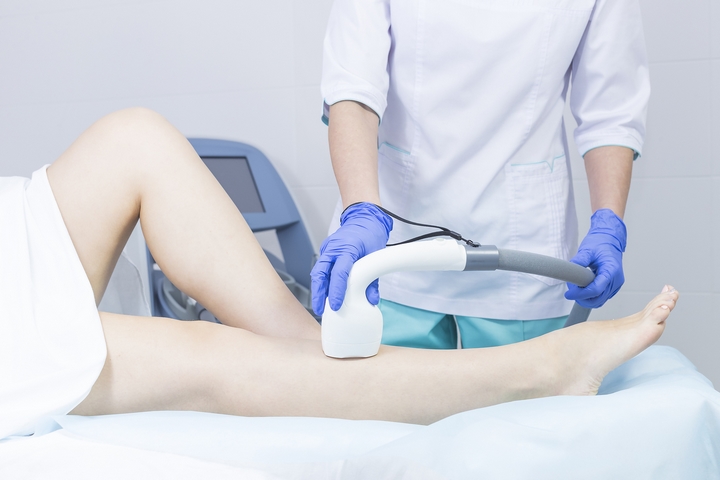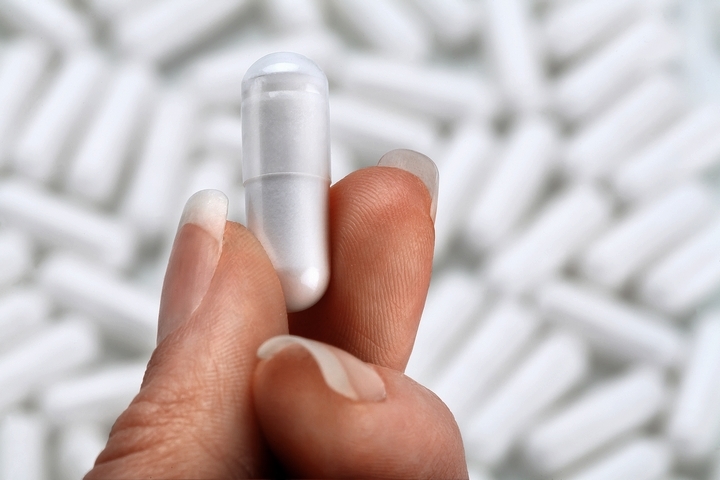You have probably heard that probiotics are good for your gut health. But did you know that prebiotics are just as important? When you live in our modern world, there are a lot of things we do and are exposed to that can damage our microbiome and the good bacteria that help us stay healthy.
If you take probiotics and aren’t seeing much of an improvement, you might be starving those bacteria of food. So what can you do?
1. Probiotics
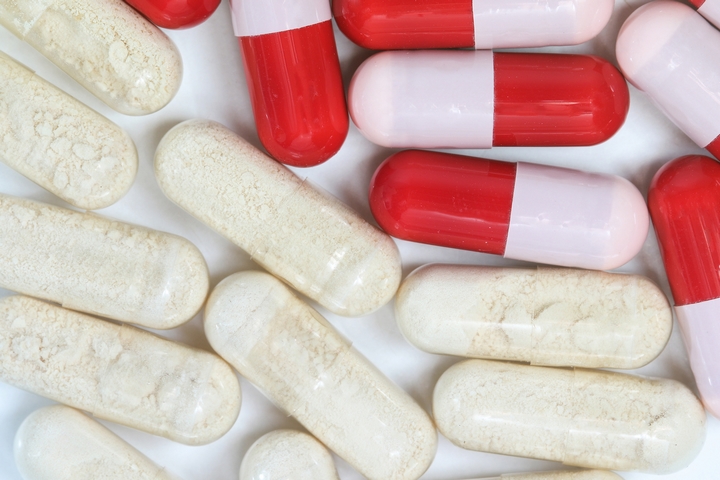
Probiotics are the friendly bacteria that live in your digestive tract. When you have a healthy gut flora, you feel and look healthy, you have a lot of energy, your metabolism works as it should, you have clear thinking, and your immune system runs at peak ability.
When you don’t have enough probiotics in your system, you crave sugar, are more likely to get colds and flu, are more susceptible to yeast infections, and you’re more predisposed to getting acne. You are tired and might even have anxiety or depression.
To get rid of the bad bacteria and increase the good bacteria that will return you to good health and help keep you there, you need to introduce probiotics and prebiotics to your gut.
Probiotics can come in a variety of forms, like in foods such as yogurt and kefir, kombucha, kimchee, and other pickled vegetables. You can also take it in capsule or powder form. Always look for packaged probiotics with at least three strains of Lactobacillus, different types of Bifidobacter, and some Acidophilus reuterii. Look for probiotics that contain between 50 billion and 200 billion bacteria.
2. Prebiotics
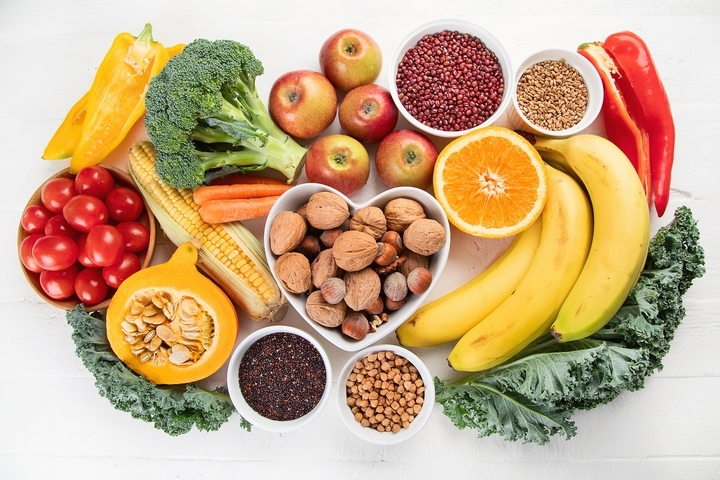
Prebiotics are indigestible fibres that are in plant-based foods like artichokes, watermelon, pistachios, canned or cooked lentils, tomatoes, cinnamon, turmeric, okra, radishes, leeks, jicama, bananas, garlic, onions, and chicory, and are the foods that gut bacteria need to thrive. You can also take in prebiotics via fermented foods like sourdough bread, sauerkraut, and kimchi. One important thing to note is that not all fibre is prebiotic. You need fibre that isn’t digested in the upper gastrointestinal tract. It needs to stay intact so that it can ferment in the large intestine and feed those good bacteria.
You can also buy prebiotics in powder and capsule form. Some examples would be inulin powder, cal-mag butyrate, and arabinogalactans.
3. How a Western Diet Fails

The modern Western way of eating lacks in fruit, vegetables, and fibre. This is responsible for the lack of prebiotics most people consume. Don’t despair, though, because it only takes a little to supplement. Once you know what to eat or take, it’s easy to incorporate prebiotic-rich foods into your diet. Throw a handful of lentils into some soup, or have a snack of watermelon.
4. Double Whammy
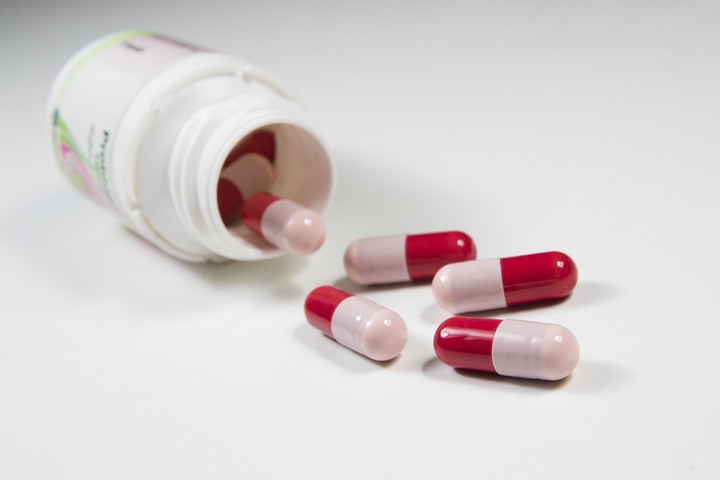
If you make good food choices, you can also get your prebiotics and probiotics in one go, with fermented foods like pickled asparagus or onions. You could also serve up some curried chickpeas with a spoonful of plain yogurt and cilantro or parsley as garnish. Yet another probiotic/prebiotic pairing could be sliced watermelon with some sprinkles of feta cheese, drizzled with balsamic vinaigrette.
Of course, you can also invest in a good-quality probiotic that has prebiotic supplement added. This will cover your bases if you’re not sure that you will be eating a lot of prebiotic foods. While food sources are always the best choice, sometimes that’s not possible, and powdered or capsule form will help, particularly if you need a significant boost, like after a course of antibiotics or after an illness.


